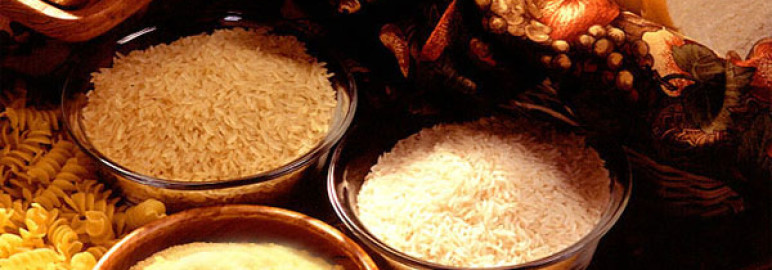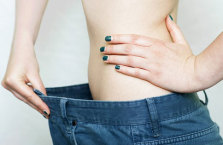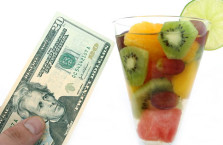Most runners know they should eat pasta, rice, potatoes, or other high-carb foods before a half or full marathon. After all, carbs are a great source of energy, and you need a lot of energy to cover 13.1 or 26.2 miles. Here’s what every runner needs to know about carbohydrates, so you can toe the line fully fueled and ready to go.
CARB SCIENCE

When you eat a bowl of spaghetti, most of the carbs are stored as glycogen in your muscles and liver. Glycogen is your body’s most easily accessible form of energy, but it’s not the only source, says Ryan. During a half or full marathon you burn both glycogen and fat. But the latter is not as efficient, which means your body has to work harder to convert it into fuel.
When you run out of glycogen during a race you hit “the wall.” Your body has to slow down as it turns fat into energy. Benjamin Rapoport, a 2:55 marathoner, is intimately acquainted with the wall. The Harvard M.D. student (who has a Ph.D. in electrical engineering from MIT) hit the wall so hard at the 2005 New York City Marathon he decided to study how to avoid it in the future (his research was published in PLoS Computational Biology in October 2010). “Proper carbo-loading—or filling your muscles to the brim with glycogen—won’t make you faster, but it will allow you to run your best and, if you race smartly, avoid the wall,” he says.
CHOOSE WISELY
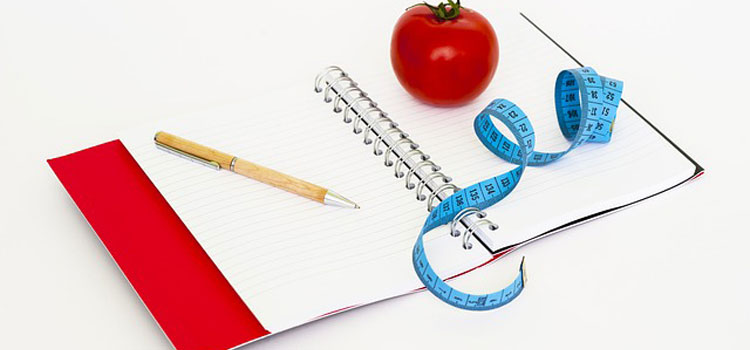
Which carbs should you load up on? “I’m very utilitarian,” says Rapoport. “I eat rice for breakfast, lunch, and dinner.” But runners don’t need to be so restrictive. Tortillas, oatmeal, bread, pancakes, waffles, bagels, yogurt, and juice are all easy-to-digest options. Many fruits are high in carbs but are also high in fiber—and too much can cause stomach trouble midrace. “Bananas are a low-fiber choice,” says sports nutritionist Ilana Katz, R.D. “And you can peel apples, peaches, and pears to reduce their fiber content.” She also gives her clients permission to indulge in white bread and baked potatoes without the skin since both are easily digested.
Ryan suggests steering clear of high-fat foods—like creamy sauces, cheese, butter, and oils—as well as too much protein. Both nutrients fill you up faster than carbs and take longer to digest, she says. Pick jam—not butter—for your toast, tomato sauce in lieu of alfredo sauce on your pasta, and frozen yogurt instead of ice cream for dessert.
HOW MUCH?
You can’t completely fill your muscles with glycogen from just one meal, “which is why you should start carbo-loading two or three days before your race,” says Ryan. Since you’re running very few miles, the glycogen will accumulate in your muscles. At this point, 85 to 95 percent of your calories should come from carbs, says Katz. Ryan recommends eating about four grams of carbs for every pound of body weight (for a 150 pound runner that’s 600 grams—or 2,400 calories—of carbs per day). During his research, Rapoport developed an even more precise formula, which runners can access at endurancecalculator.com, that factors in variables including age, resting heart rate, VO2 max, and predicted finishing time. It’s important to keep in mind that you’re most likely not eating many more calories per day than you were during the thick of your training—it’s just that more of those calories are coming from carbs.
If you step on the scale while you’re carbo-loading, be prepared to see a number that’s at least four pounds more than your usual weight. The extra pounds mean you get a gold star for carbo-loading properly. “With every gram of stored carbohydrate, you store an extra three grams of water,” says Katz. That means your body will be hydrated and fueled as you start the race, ensuring you cross the finish feeling strong.
EAT BETTER
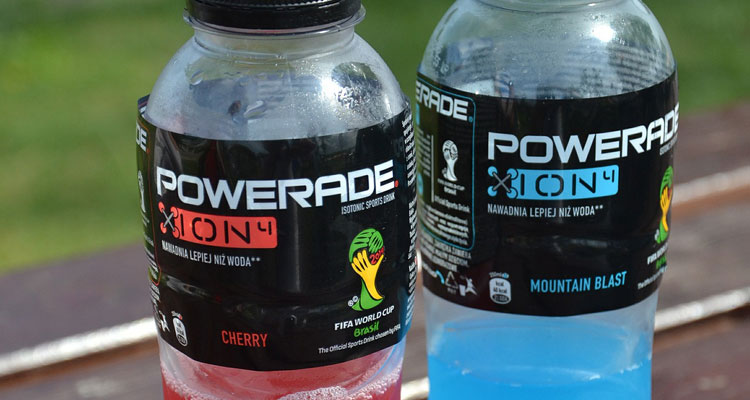
Even if you carbo-load properly, you still need to take in midrace fuel (such as sports drinks, gels, chews, and candy) to keep your energy level high.
Good Eats
A day of carbo-loading for a 150-pound runner
BREAKFAST
1 bagel with 2 tablespoons strawberry jam (71 g)
1 medium banana (27 g)
8 ounces fruit yogurt (41 g)
8 ounces orange juice (26 g)
MORNING SNACK
2 Nature Valley Oats ‘n Honey
Granola Bars (29 g)
8 ounces Gatorade (14 g)
LUNCH
1 large baked potato with 1/4 cup salsa (69 g)
1 sourdough roll (40 g)
8 ounces chocolate milk (26 g)
1 large oatmeal cookie (56 g)
AFTERNOON SNACK
1 Clif Bar (42 g)
8 ounces Gatorade (14 g)
DINNER
1 chicken burrito with rice, corn salsa, and black beans (105 g)
1 2-ounce bag Swedish Fish (51 g)
CARB TOTAL 611 g
Perfect Timing
What to do before race day to ensure your tank is full
6 WEEKS BEFORE: Practice loading
Two or three days prior to your longest run, start eating more carbs and less fat and protein. “You’ll get a sense of what foods agree and disagree with your stomach,” says Katz.
1 WEEK BEFORE: Make a plan
“A plan is especially important if you’re traveling to a race,” says Ryan. Pack plenty of snacks, like sports bars, pretzels, and crackers. Check menus online and make restaurant reservations.
2 OR 3 DAYS BEFORE: Switch to carbs
From now through your race, 85 to 95 percent of your diet should be carbs. Eat after taper runs. “That is when muscles are primed to store glycogen,” says Rapoport.
NIGHT BEFORE: Don’t stuff yourself
Dinner should be relatively small but carb-heavy. Eat on the early side so you have lots of time to digest.
“You want to wake up race day hungry—not full from the night before,” says Ryan.
RACE MORNING: Have breakfast
Three hours before the start, eat 150 grams of carbs, like a bagel and yogurt or sports drink and oatmeal. Early race? Get up at 3 a.m., eat, and go back to bed!
Learn more on Carb Loading at RunnersWorld

